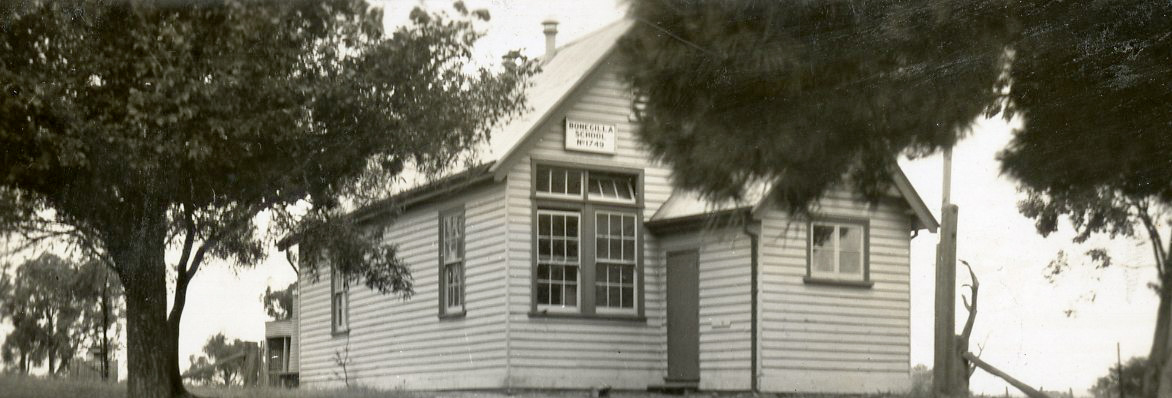Last updated:
What do I need to know?
- the name of the local government/council authority (for the year of interest)
- a year
- the property address.
How do I search?
- Type in the name of the council, municipal district, town or city and locate it in the drop down list.
- Some rate records divide the local council into smaller areas, called wards or ridings. You can narrow your search by adding the name of the ward or riding into the second search field.
- Try an estimated year of interest OR a year range, not both at the same time. The two search strategies work more effectively to discover an individual rate book covering a range of years, or a rate book covering an individual year, respectively.
- You may need to repeat this process using each of the two search strategies.
About these records
Rates are taxes collected by local governments based on a percentage of the value of a property. Rates are one of the oldest forms of taxation used in Australia. Their annual collection means that for many councils there is a yearly record of each property and its owner.
Rate records were catalogued as rate books, valuation books, rate records, rate cards or registers of rateable properties.
Regional archive centres at Beechworth, Bendigo and Geelong each also have collections of rate records.
Finding a property in rate records may take some time.
- Earlier rate series are organised according to 'wards' and the route that the rate assessor walked.
- Some rate series have street indexes at the start of volumes.
- Once you have located your street and property in a rate record for one year, often it will appear in the same position in the book for subsequent years.
Who created these records?
Each local council created records. In the early 1990s there were over 200 local government areas. These were consolidated to the just under 80 councils we have today.
Next Steps
See our short guide to researching your house using our records that covers these and other records.
Useful links
What are in these records?
Rate records generally list the following property details:
- address
- name of the owner, and/or
- name/s of current tenant/s
- tenants' occupation
- valuation or assessment cost of property
- rate amount payable
- date range
They may also contain a brief description of the property (construction material, number of rooms).
They are an excellent resource for determining the date of construction of a property, significant changes to a property and changes in ownership and sometimes occupancy.
The following tips are useful when searching for a property in rate records:
- Council areas change. Look under the former name of a council if you’re looking for older rate records.
- House numbers don't always appear in many rate records from earlier periods
- Street numbering has changed in some areas over time
- Street names can change over time.
Digitised records
We have digitised nearly all of our pre-1930 rate records in conjunction with Family Search and Ancestry. Gradually, over time, we are uploading these digitised records to our website so you can access them directly from the catalogue. If you are looking for information in pre-1930 rate records that are not yet online, let us know.
Material in the Public Record Office Victoria archival collection contains words and descriptions that reflect attitudes and government policies at different times which may be insensitive and upsetting
Aboriginal and Torres Strait Islander Peoples should be aware the collection and website may contain images, voices and names of deceased persons.
PROV provides advice to researchers wishing to access, publish or re-use records about Aboriginal Peoples
